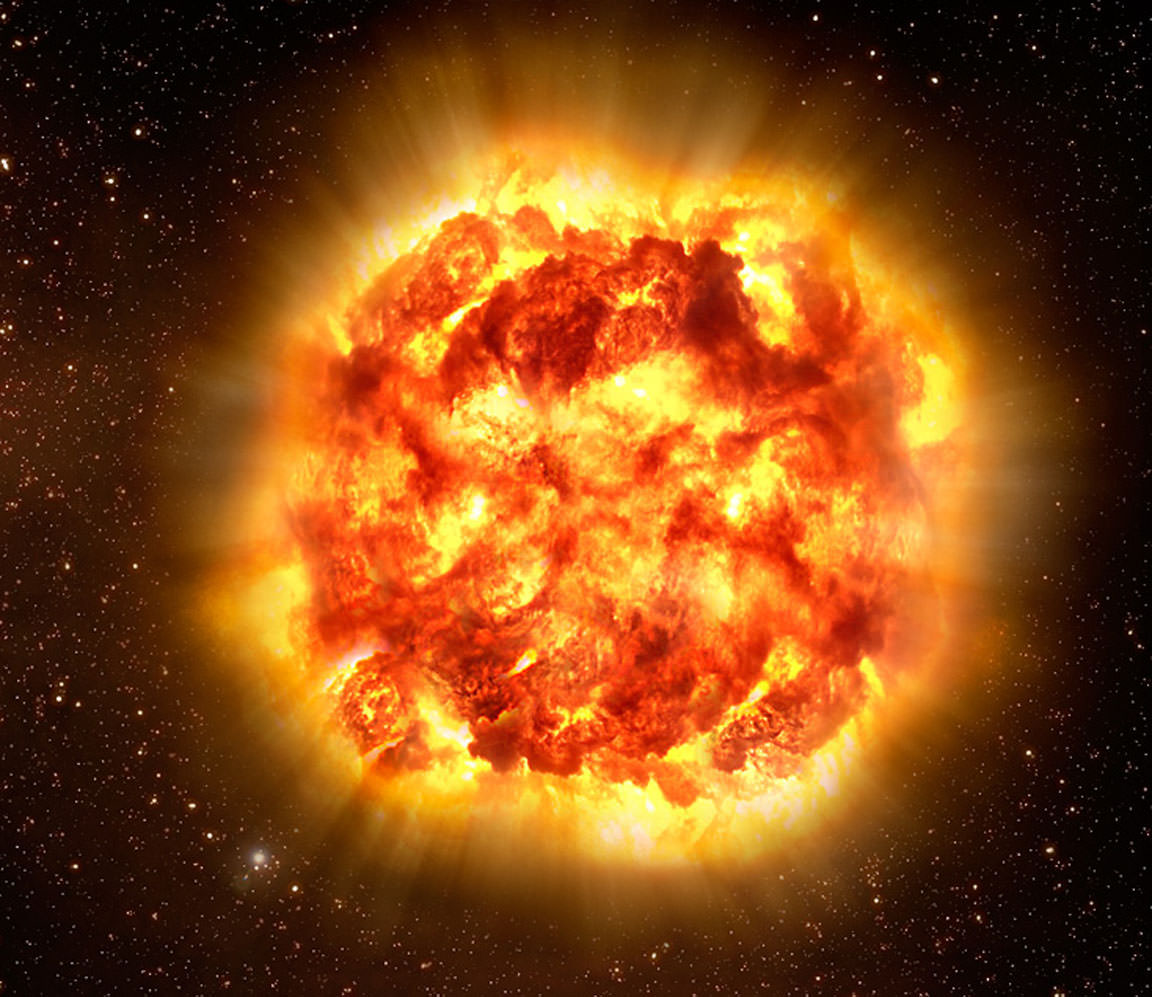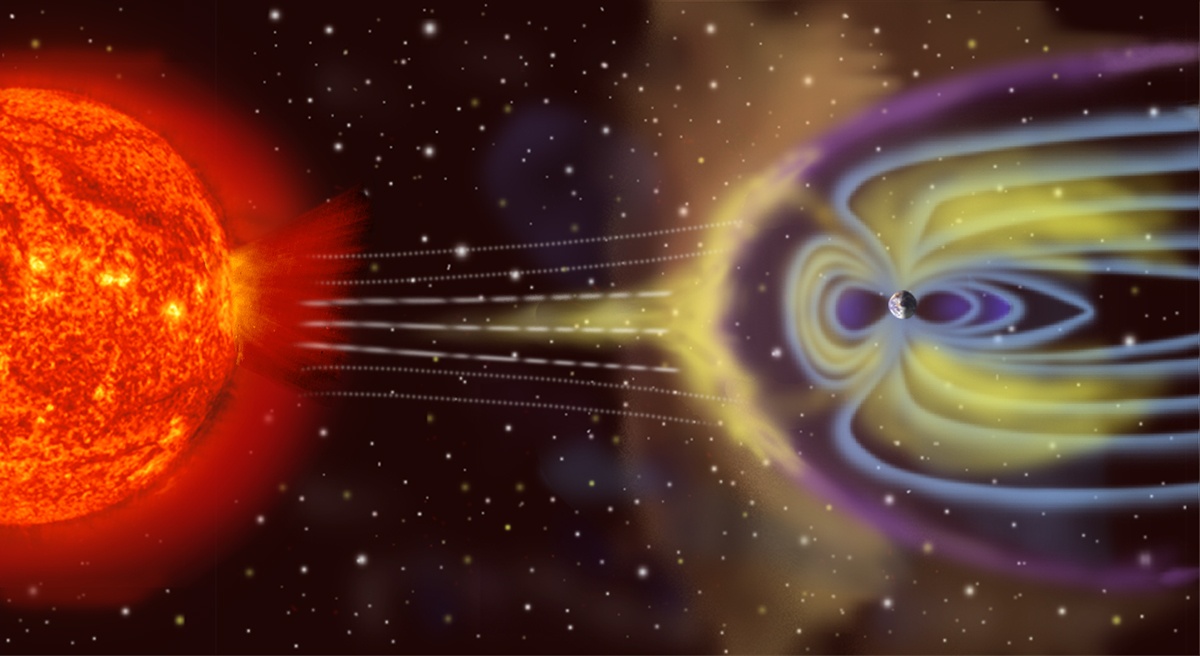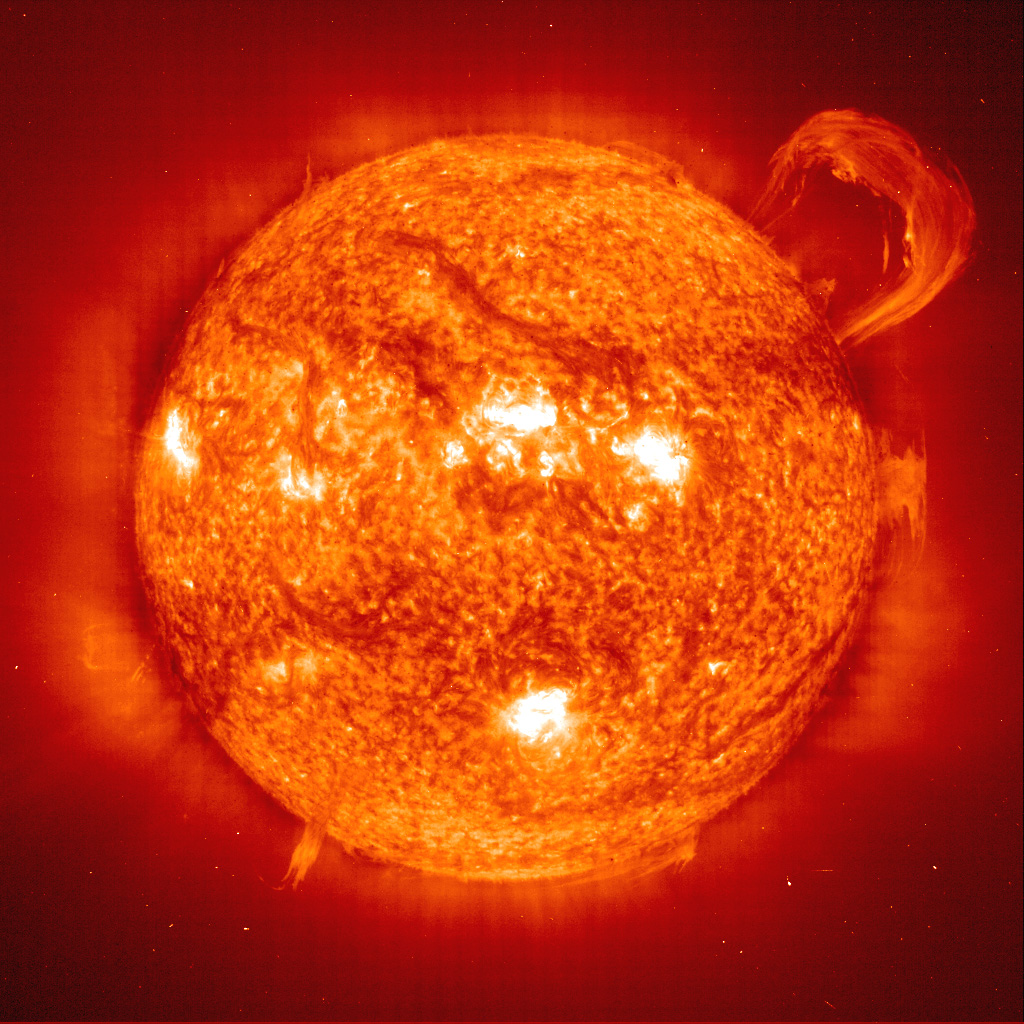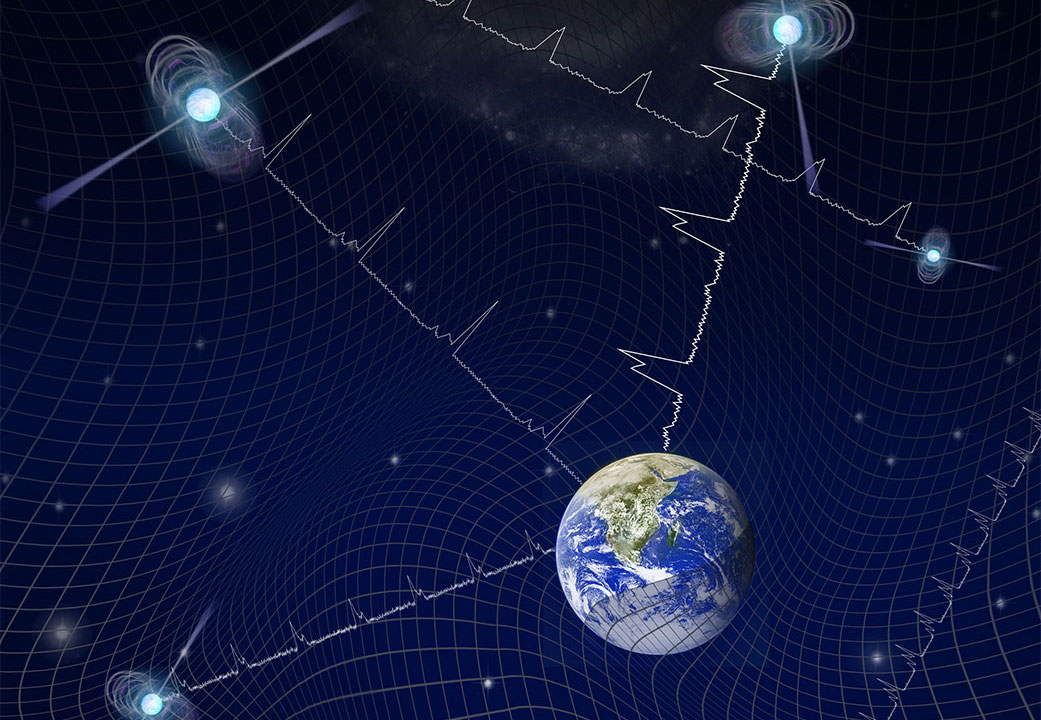In 1958, the first satellites launched by the United States (Explorer 1 and 3) detected a massive radiation belt around planet Earth. This confirmed something that many scientists suspected before the Space Age began: that energetic particles emanating from the Sun (solar wind) were captured and held around the planet by Earth’s magnetosphere. This region was named the Van Allen Belt in honor of University of Iowa professor James Van Allen who led the research effort. As robotic missions explored more of the Solar System, scientists discovered similar radiation belts around Jupiter, Saturn, Uranus, and Neptune.
Given the boom in extrasolar planet research, scientists have eagerly awaited the day when a Van Allen Belt would be discovered around an exoplanet. Thanks to a team of astronomers led by the University of California, Santa Cruz (UCSC) and the National Radio Astronomy Observatory (NRAO), that day may have arrived! Using the global High Sensitivity Array (HSA), the team obtained images of persistent, intense radio emissions from an ultracool dwarf star. These revealed the presence of a cloud of high-energy particles forming a massive radiation belt similar to what scientists have observed around Jupiter.
Continue reading “An Astronomical First! A Radiation Belt Seen Outside the Solar System”










